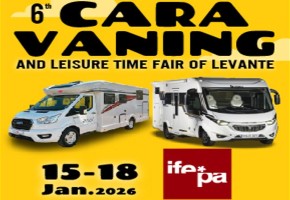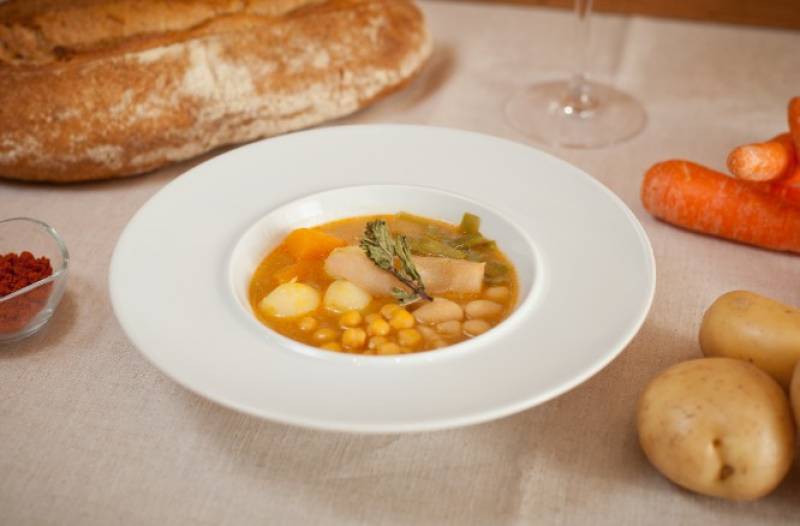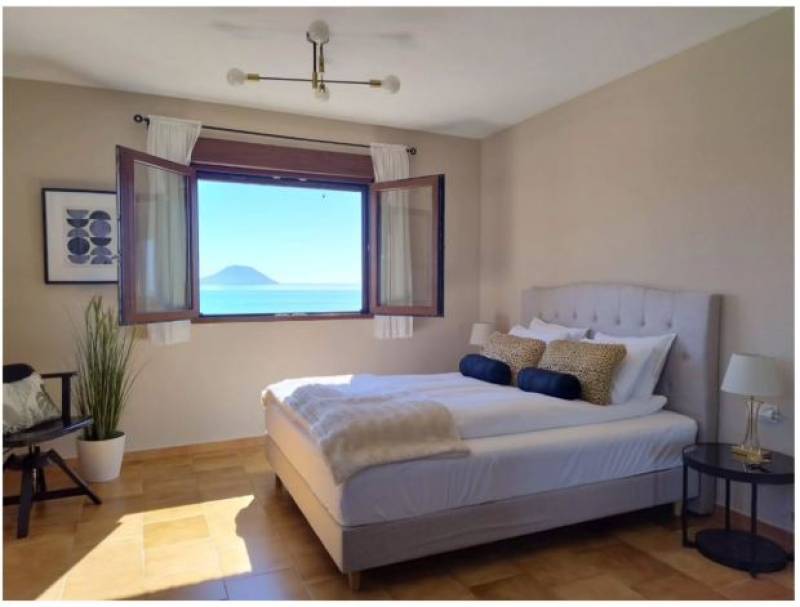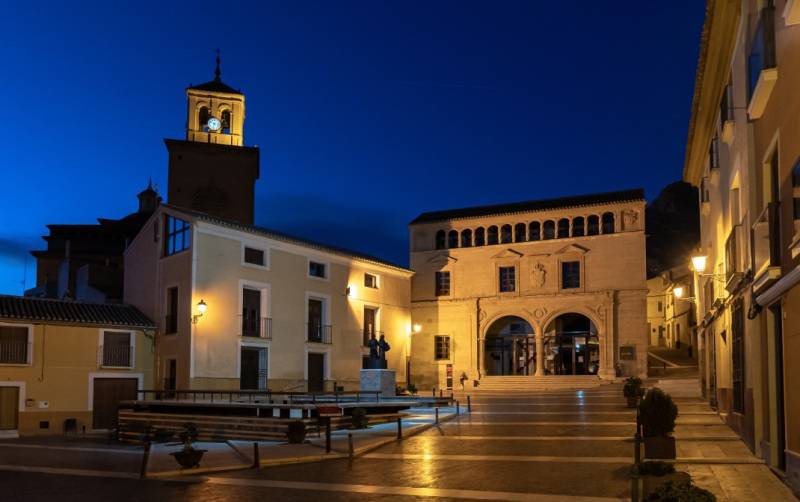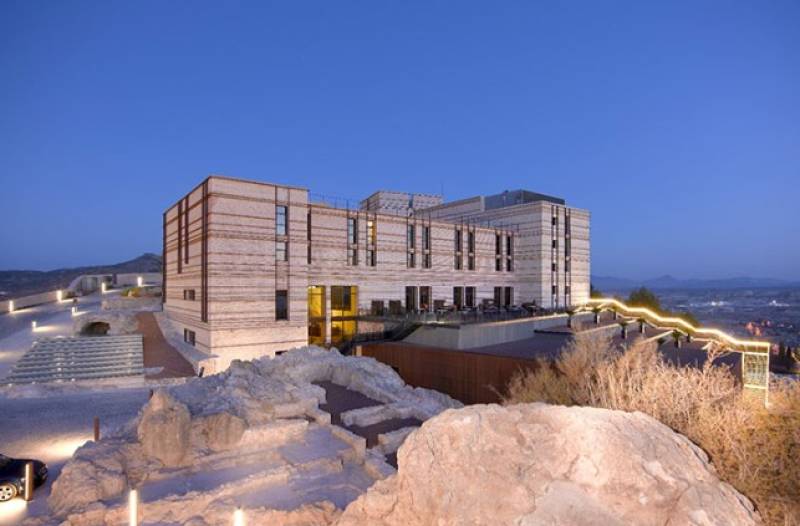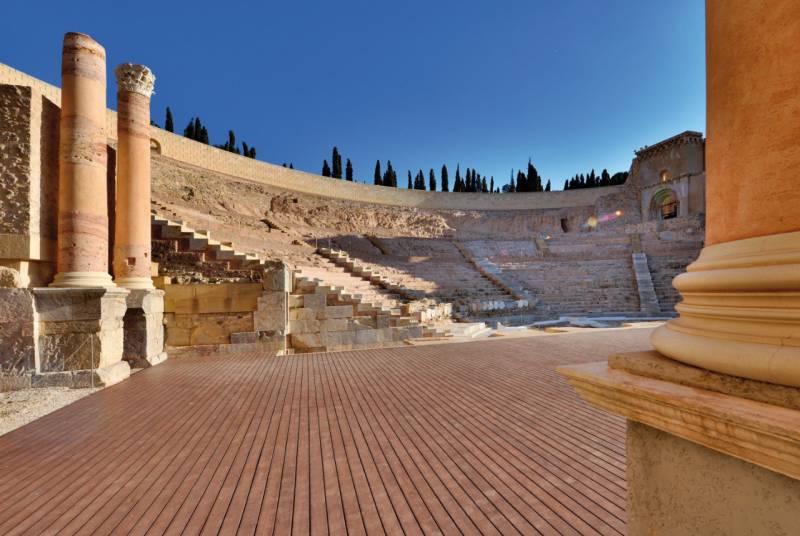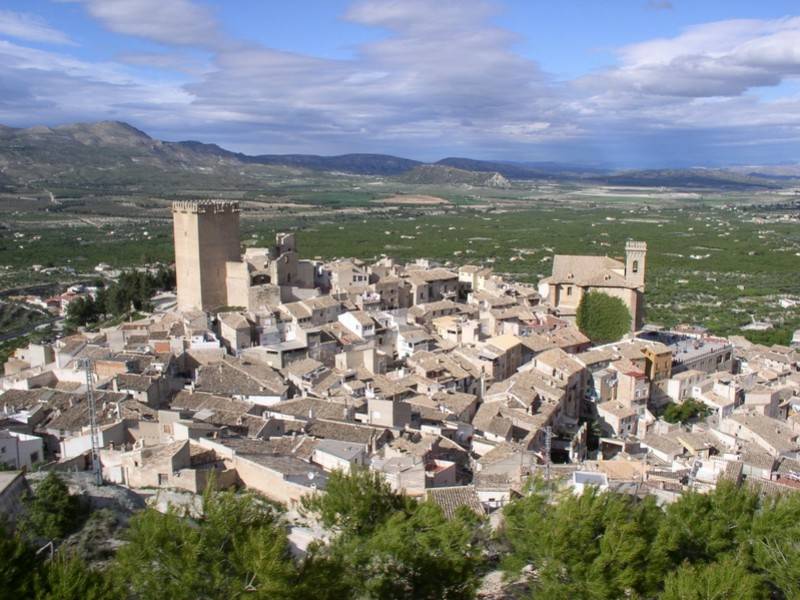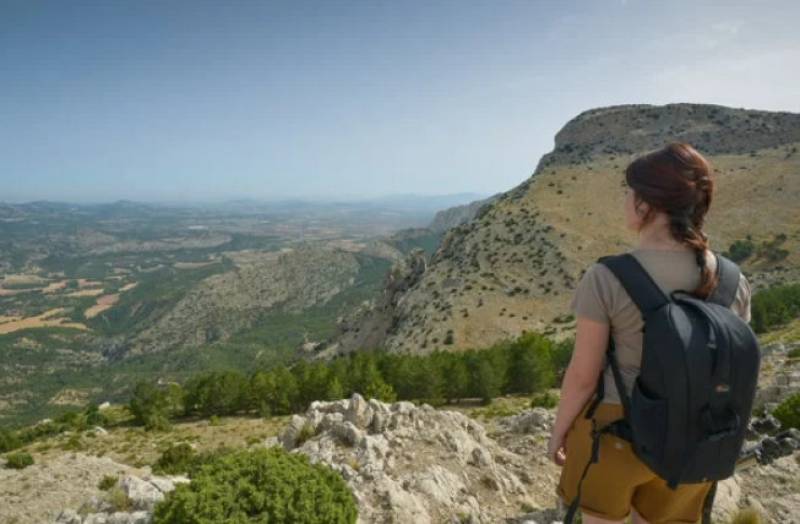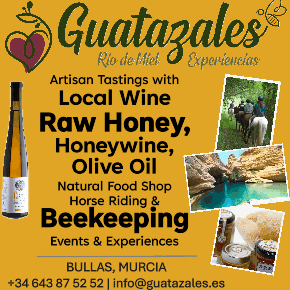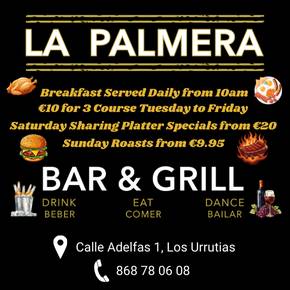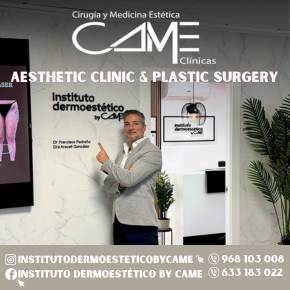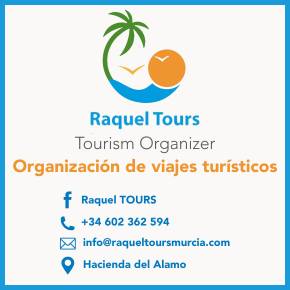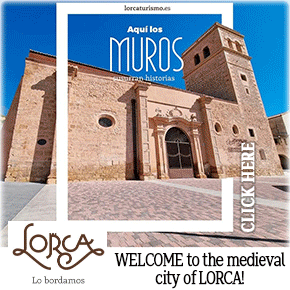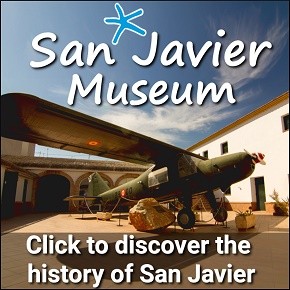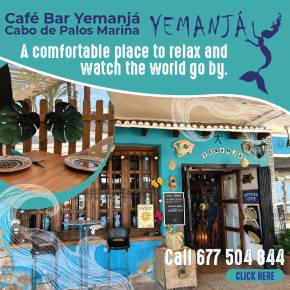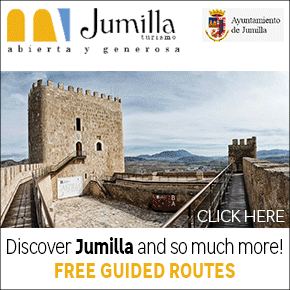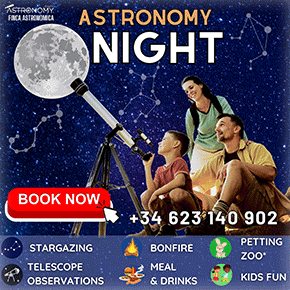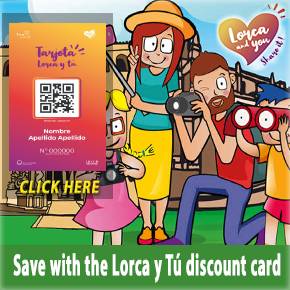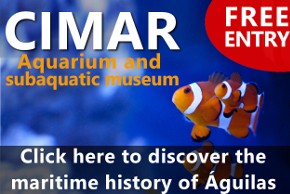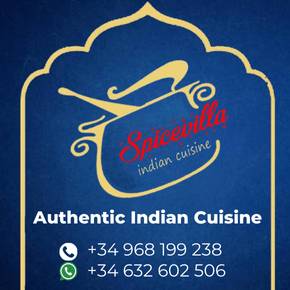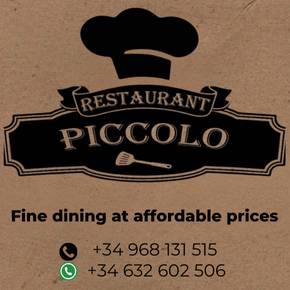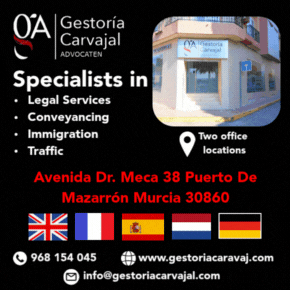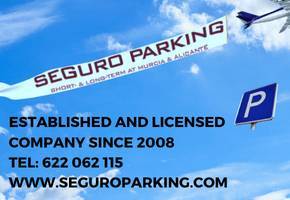
To be listed on the CAMPOSOL TODAY MAP please call +34 968 018 268.

Guidelines for submitting articles to Condado Today
Hello, and thank you for choosing CondadoToday.com to publicise your organisation’s info or event.
Condado Today is a website set up by Murcia Today specifically for residents of the urbanisation in Southwest Murcia, providing news and information on what’s happening in the local area, which is the largest English-speaking expat area in the Region of Murcia.
When submitting text to be included on Condado Today, please abide by the following guidelines so we can upload your article as swiftly as possible:
Send an email to editor@condadotoday.com or contact@murciatoday.com
Attach the information in a Word Document or Google Doc
Include all relevant points, including:
Who is the organisation running the event?
Where is it happening?
When?
How much does it cost?
Is it necessary to book beforehand, or can people just show up on the day?
…but try not to exceed 300 words
Also attach a photo to illustrate your article, no more than 100kb

The CiuFRONT medieval museum in Lorca
The CiuFRONT is housed in the old church of Santa María la Mayor in Lorca
The church of Santa María La Mayor
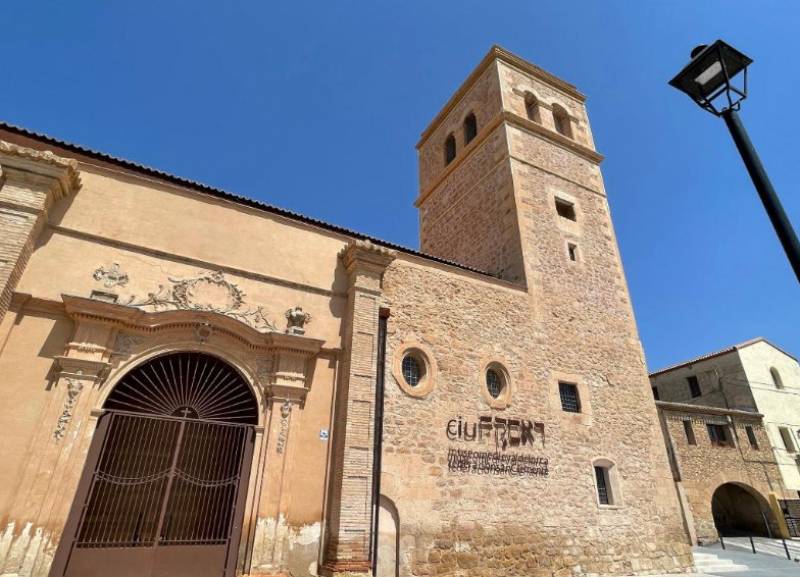 The church of Santa María la Mayor in Lorca is one of the oldest still standing in the city, and to understand the location and circumstances in which it was built it is necessary to go back to the 13th century, when the territory now known as the Region of Murcia was conquered by Christian forces of the Kingdom of Castilla after 5 centuries of Moorish rule (click here for more on the history of Lorca).
The church of Santa María la Mayor in Lorca is one of the oldest still standing in the city, and to understand the location and circumstances in which it was built it is necessary to go back to the 13th century, when the territory now known as the Region of Murcia was conquered by Christian forces of the Kingdom of Castilla after 5 centuries of Moorish rule (click here for more on the history of Lorca).
At that point, in 1244, Murcia became a frontier kingdom as the Nazarid Moors still occupied what is now known as Andalucía, their most important city being Granada. This situation prevailed for well over 200 years and Lorca, due to its location in the south-west of Murcia, was very much a frontier settlement, with military considerations being far more important than architectural splendour. For this reason, the most important building in the city was the castle, and the city itself grew within the heavily fortified walls which protected the southern face of the hilltop below the “Fortaleza del Sol” (Fortress of the Sun).
But in the late 15th century, things began to change. Castilian forces began to advance towards Granada (leading to the eventual expulsion of the Moors in 1492) and this meant that Lorca was no longer on the front line: this in turn completely altered the dynamics of the city and the kind of building which was undertaken.
So, for the first time, Lorca developed an architectural and artistic style, and the Gothic tendencies of the time are reflected in the original church of Santa María la Mayor, which was one of around 2,000 founded by King Jaime I of Aragón and was probably built on top of the remains of a former mosque. It had become customary to dedicate churches in such locations either to the Virgin Mary or to San Salvador, and it is even possible that in the years before Moorish rule began in 713 AD the same site had been used for early Christian worship.
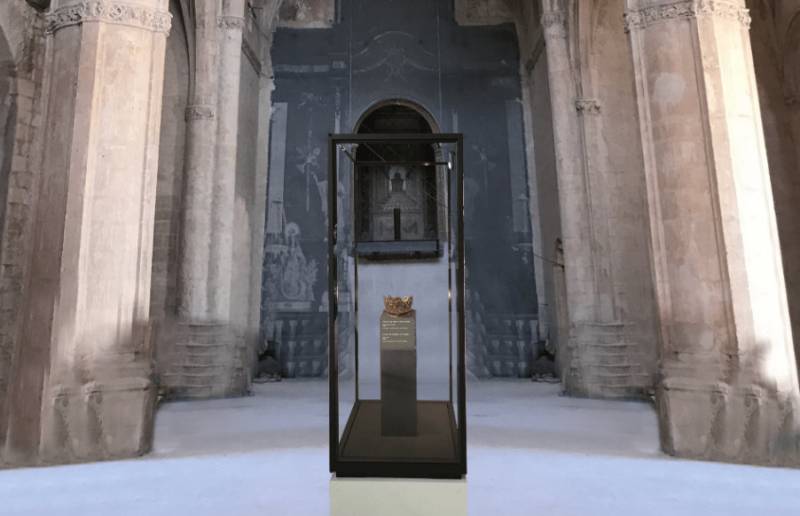 The location is on the higher ground of the city, at the eastern ned of the land within the old defensive walls, and although details regarding its date of construction are few and far between there is a plaque in the main tower bearing an inscription showing the year 1577. Inside the building, the main features accumulated over the years included a statue of the Virgin Mary and a “Resucitado” by Roque López which was acquired in 1801.
The location is on the higher ground of the city, at the eastern ned of the land within the old defensive walls, and although details regarding its date of construction are few and far between there is a plaque in the main tower bearing an inscription showing the year 1577. Inside the building, the main features accumulated over the years included a statue of the Virgin Mary and a “Resucitado” by Roque López which was acquired in 1801.
This was probably the most important church in Lorca until the completion of San Patricio in the city centre, but it was abandoned during the Spanish Civil War (1936-39) and it was not until 2017 that work started to reconstruct it and put it to municipal use as a museum. This reconstruction made use of much of the original late 15th-century structure, and it is used as a museum of the Middle Ages, recalling the era when Moors, Christians and Jews all lived together in the Iberian Peninsula prior to the expulsion of Moors and Christians by the Catholic Monarchs in 1492.
THE ciuFRONT MUSEUM
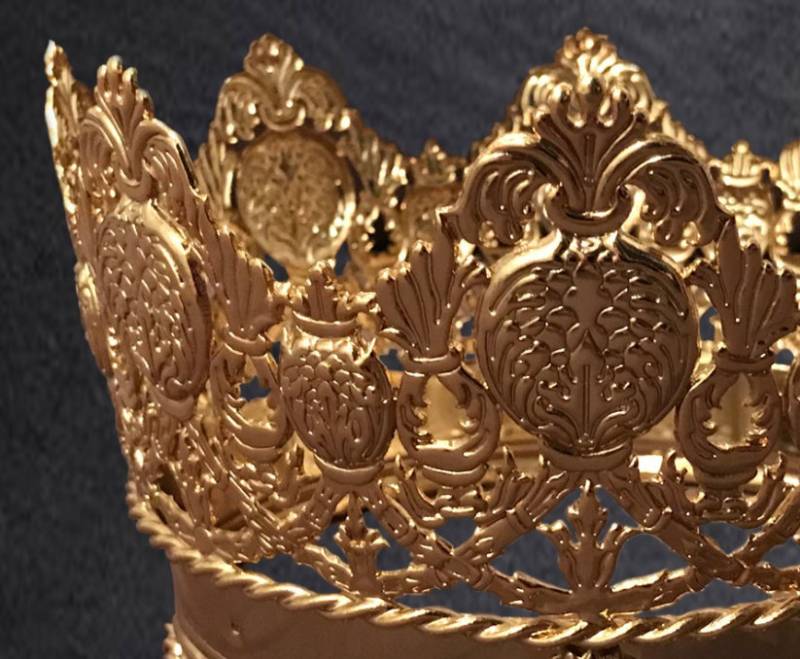 The five main collections on display in the museum are the following:
The five main collections on display in the museum are the following:
The Clemente I collection
Named after Pope Clement I, the patron saint of Lorca, this group of items commemorates the 1st-century Pope and Martyr in his role as protector of the city. The most important object is the “iuris pontificii” embroidered in silk and gold thread, as is the tradition in Lorca.
The metals collection
The collection of goldsmithing and metalwork contains a number of replicas of objects commissioned by the Castilian monarchs between 1244 and 1488 as well as exquisite silverwork from the Berber and Islamic cultures dating from the 8th to the 15th century. Arguably the star of the show is the crown of King Alfonso X.
The flags and standards collection
This part of the display covers the historical period between 713 and 1488 and includes numerous royal and holy standards, many decorated with gold thread and/or pearls.
The clothing collection
There are 258 items in this collection, including outfits and uniforms worn by various important historical figures and those which are worn every November in the celebrations of the Fiestas de San Clemente. Again, the collection reflects Moslem, Christian and Jewish cultures, with those belonging to the Jewish culture being the most varied as they strove to please the different rulers of the time.
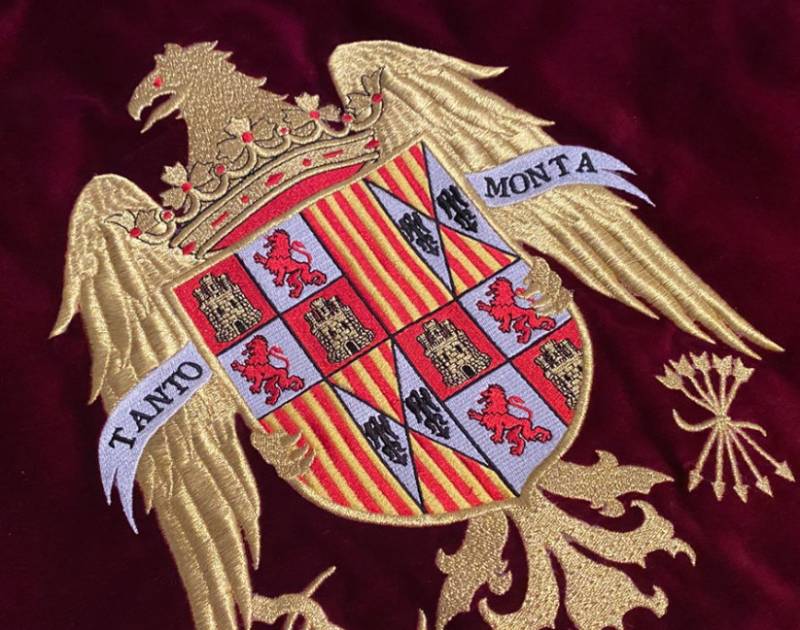 Pictures, drawings and designs
Pictures, drawings and designs
All of the items in this collection have been acquired by the Federación San Clemente.
PRACTICALITIES
Location: Plaza del Patrón San Clemente, 1, Lorca, Murcia (click for map)
Telephone: 968 133996
The museum has no fixed opening hours, except when special tours are held, for example during the Fiestas de San Clemente in November.
For most of the rest of the year prior reservations are required on 968 441914 or by email at lorcaturismo@lorca.es. The times offered are weekdays 10.00 to 18.30 and weekends 10.00 to 14.00.
Groups are accepted up to a maximum size of 20 people.
Guides can be made available speaking Spanish, English or French.
Parking
There is no specific car park for the ciuFRONT museum. One space is reserved outside for those of limited mobility.
Accessibility
The museum in the former church of Santa María la Mayor has been made completely accessible except the tower and the cimarin chapel. Elsewhere there are lifts, ramps and platforms throughout the space which is opened to the public.
For more local visiting information as well as news and events please go to the home page of Lorca Today.
Oficina de Turismo de Lorca

The rich and extensive history of Lorca has left a legacy of archaeological sites, and historic buildings, around which the modern city has built its tourism industry. Among these are Lorca Castle, the Jewish quarter of the castle and synagogue, Plaza de España, Colegiata de San Patricio, Museo de Arqueologico Municipal, Iglesia de San Francisco, Casa Huerto Ruano, Palacio de Guevara, Iglesia de San Mateo, Pósito de los Panaderos, Convento Virgen de las Huertas, Antiguo Convento de la Merced, Iglesia del Carmen and the Teatro Guerra.
 Unfortunately Lorca has also been prone to natural disaster, suffering a Gota Fría on September 28th 2012, as well as two earthquakes measuring 5.3 and 5.5 on the Richter scale on 11th May 2011, claiming 9 lives. Since this earthquake the city has been rebuilding, winning recognition for its Lorca, Open for Restoration initiative, which used the restoration of the city as a tourist attraction whilst it rebuilt its historical buildings, some of which are currently still not open.
Unfortunately Lorca has also been prone to natural disaster, suffering a Gota Fría on September 28th 2012, as well as two earthquakes measuring 5.3 and 5.5 on the Richter scale on 11th May 2011, claiming 9 lives. Since this earthquake the city has been rebuilding, winning recognition for its Lorca, Open for Restoration initiative, which used the restoration of the city as a tourist attraction whilst it rebuilt its historical buildings, some of which are currently still not open.
The tourist office relocated for 14 years to Calle San Patricio, near the church, but has now returned to its former premises alongside the Palacio de Guevara in the Plaza Concha Sandoval, or Plaza de la Bordadora (click for map).
Lorca also has an area of coastline incorporating the Parque Regional de Cabo Cope - Puntas de Calnegre, in the Sierra de Almenara, which includes the beaches of Puntas de Calnegre, Baño de las Mujeres, San Pedro, El Siscal, Cala Honda, Cuartel del Ciscar, Junquera, Cala de la Gruta, Cala Leña, Los Hierros, Cala Blanca and Playa Larga, although many are accessible only along difficult tracks or by boat!

However, in spite of its many attractions, the name of Lorca is synonymous with Easter, (Semana Santa) its biblical parades of International Tourist Interest status and famous throughout Spain. The week includes a series of processions in which the Whites (Paso Blanco) and Blues (Paso Azúl) try to outdo each other with the magnificence of their embroideries and the skill and daring of their horsemen.
Lorca also has a Parador hotel, located within the historic castle.
Opening hours for Lorca tourist office:
Every day of the year apart from 1st and 6th January and 25th December, 10.00 to 14.00 and 16.30 to 18.30 (except Sunday afternoons).
These opening times are often extended and other information points created during the Semana Santa celebrations.
For more local news, events and visiting information go to the home page of Lorca Today

